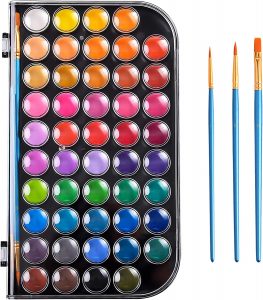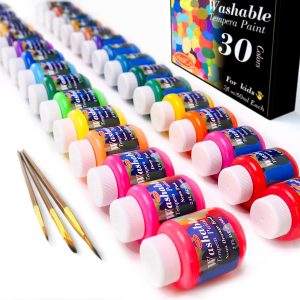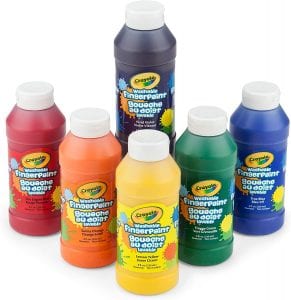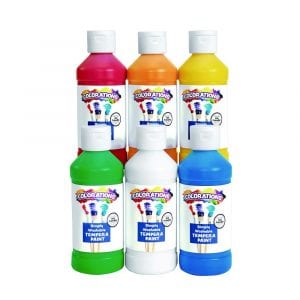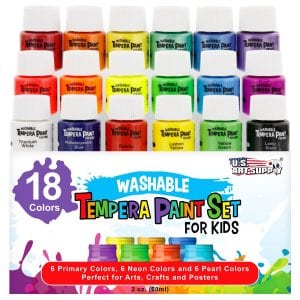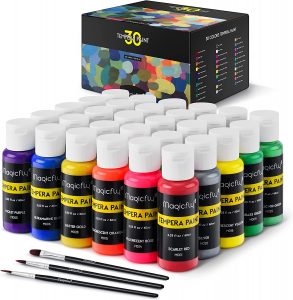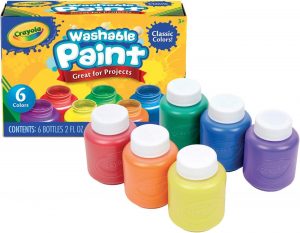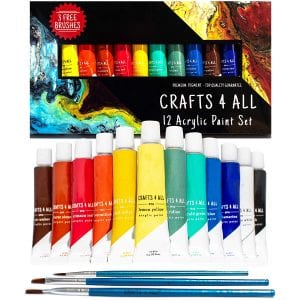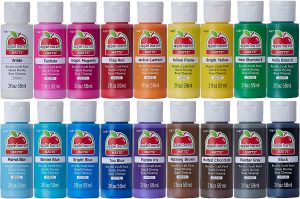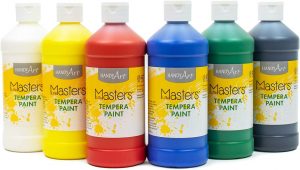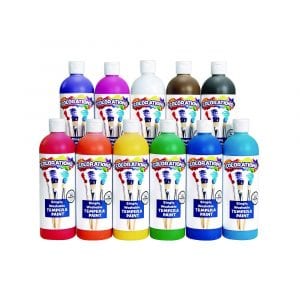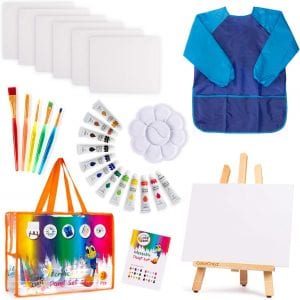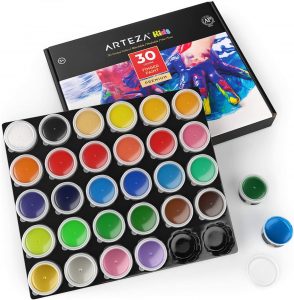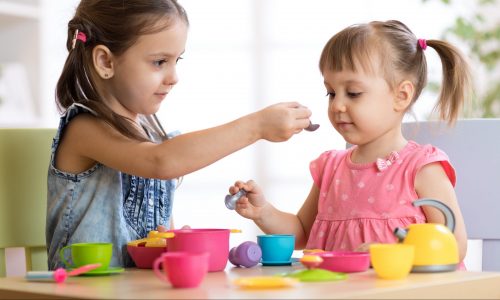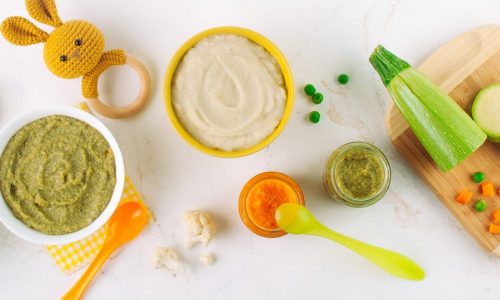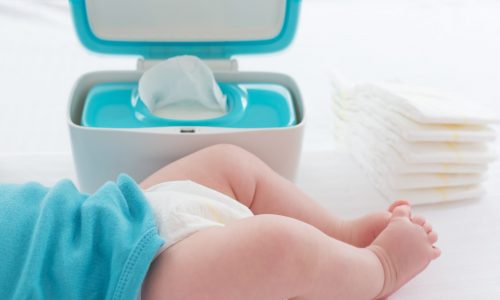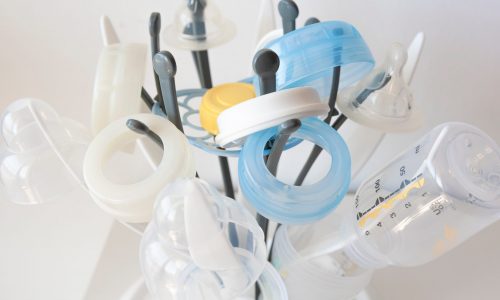The Best Paint For Kids
We looked at the top 13 Paint For Kids and dug through the reviews from 21 of the most popular review sites including and more. The result is a ranking of the best Paint For Kids.
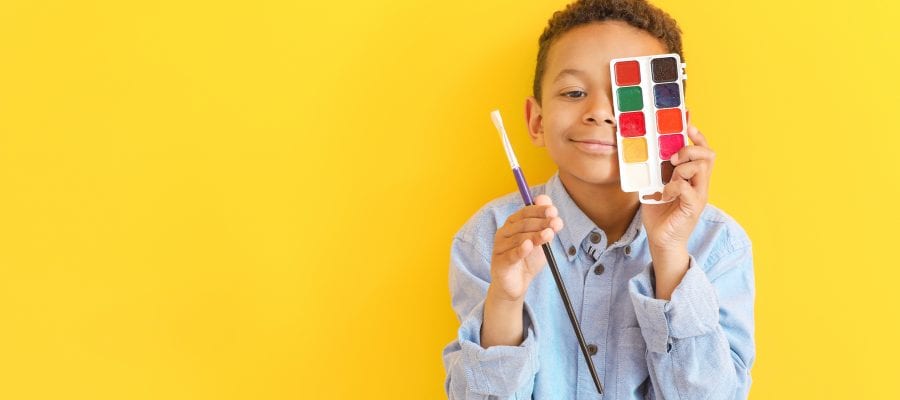
Our Review Process
Don't Waste Your Money is focused on helping you make the best purchasing decision. Our team of experts spends hundreds of hours analyzing, testing, and researching products so you don't have to. Learn more.
Our Picks For The Top Paint For Kids
- 1. Masllutn Easy Carry Quick-Dry Watercolor Paint For Kids, 48-Count
- 2. HissiCo Eco-Friendly Easy Clean Paint For Kids, 30-Count
- 3. Crayola Less Mess Washable Finger Paint For Kids, 6-Count
- 4. Colorations Simply Washable Tempera Paint For Kids, 6-Count
- 5. U.S. Art Supply Vibrant Tempera Paint For Kids, 18-Count
- 6. Magicfly Washable Paint For Kids, 20-Count
- 7. Crayola Craft Projects Washable Paint For Kids, 6-Count
- 8. Crafts 4 ALL Non-Toxic Acrylic Paint Set For Kids, 12-Count
- 9. Apple Barrel Smooth Acrylic Paint Set For Kids, 18-Count
- 10. Handy Art Little Masters Matte Tempera Paint For Kids, 6-Count
- 11. Colorations Simply Allergen-Free Tempera Paint For Kids, 11-Count
- 12. ColorCrayz Non-Toxic Acrylic Paint Set For Kids, 27-Piece
- 13. ARTEZA Family Friendly Finger Paint For Kids, 30-Count
Beginners just getting started will find this watercolor paint for kids set the perfect tool. It includes a total of 48 colors and comes with a total of three paintbrushes. Even more exciting is that the cover detaches to double as a handy mixing tray.
Mixing Palette IncludedKids, teens and adults will love the vibrant and non-toxic watercolor paints in this set.
If you're searching for a versatile paint for kids, this set is your best bet. Toddlers can use the tempera paint to create finger painting masterpieces. Older children will love dipping a brush into the paint containers and practicing their art on a canvas.
Variety of UsesThis paint for kids set includes 30 jars of paint and three paintbrushes.
Let your little ones get creative with this paint for kids set, as it is completely washable. The paints are non-toxic and you won't even need to ventilate the room to use them. The paints come in easy-to-use squeeze bottles and have handy flip-top lids that are designed to prevent spills.
Protective PackagingParents will appreciate that the packaging for this paint for kids set is 100% recyclable.
This paint for kids washes off very easily, which is perfect for messy projects. They can be used on multiple non-greasy surfaces, and the colors can be mixed together to form new hues. The paints are free from common allergens like egg, peanut and soy.
Multi-Purpose Paints That Wash EasilyThis paint for kids is easy to clean and use, providing hours of entertainment for your little ones.
Buying Guide
Whether your child is a budding artist with a talent for creating life-like scenes or a beginner who enjoys experimenting with different colors, painting is a great activity to help children use their creativity. In addition to learning about colors and techniques, painting has many additional benefits for children.
MORE: The Best Markers for Art Projects
For children who have difficulty verbalizing emotions or communicating their feelings, painting is a helpful way to express their emotions. Through the use of art, children can paint what they are experiencing. Even if they are not able to communicate those experiences through words, they will be able to express them through art. For children who experience stress and anxiety, painting can be a great way to relieve some of those feelings. Through the act of painting, the children can focus on being in the moment instead of worrying about other challenges they may face.
Painting is also a great way for children to learn about their senses. The feel of dipping the paintbrush in the paint and spreading it across the paper, the smell of the paint and the vibrancy of the colors all help children use their senses. This can teach children more about the world around them, such as the principle of cause and effect. For example, they can learn what happens when you mix certain colors together — or what happens when you touch paint before it has dried.
Holding the paintbrush in their hands, navigating it to the paint and then spreading it across the paper helps children improve their mobility skills and their hand-eye coordination. Even painting with their fingers helps them to learn how to better control their movements. When working on a small art project with a fine paintbrush, they can improve their fine motor skills. When working on a large art project, such as one on an easel, they can work on their gross motor skills.
Our Expert Consultant

Artist and art educator
Artist and educator Amy Markham is the creator of Starling, a podcast dedicated to helping artists develop depth in their creative practice. A graduate of Virginia Commonwealth University, Amy has been an art educator since 2001. Today, she teaches middle school art at a school outside of Memphis, Tennessee. Her personal artwork explores myth-making and symbolic understandings. Through her brand, Starling Creative Living, she leads others to explore art production as a method for enriching their life experience.
Why we recommend these paint for kids?
Products Considered
Products Analyzed
Expert Reviews Included
User Opinions Analyzed
Our experts reviewed the top 13 Paint For Kids and also dug through the reviews from 21 of the most popular review sites including and more. The result is a ranking of the best of the best Paint For Kids.
DWYM is your trusted roduct review source. Our team reviews thousands of product reviews from the trusted top experts and combines them into one easy-to-understand score. Learn more.
What to Look For
- When buying paints for kids, the first thing you’ll need to check is the kind of paint you need. Different types of paints are useful for different kinds of art projects. Acrylic paint, for example, can be used for many different projects, both indoors and outdoors. It’s an opaque paint, so if you make a mistake, you can easily correct it by painting over it. This makes it a good choice for kids. Plus, it’s a water-based paint that’s fast-drying, so it’s easy to clean up.
- The other common paint to use for kids is called tempera paint. “Tempera is a fast-drying opaque paint that can be used on paper, wood, cardboard and projects like papier-mâché,” according to Markham. “It’s important to remember that you cannot layer tempera like an acrylic painting, because even when dry the paint is reactivated when new paint or water is added.”
- The Colorations Simply Washable Tempera Paint, 6 ct is filled with tempera paints.
- Regardless of whether you have a mini Picasso or a finger-painting fanatic, you’ll want to make sure you are providing them with a variety of colors to use. This way, children can more freely explore their creativity by learning about how different colors mix together or how they complement one another. Some sets come with as many as 18 unique colors, while other brands only include 12 unique colors. The Colorations Simply Washable Tempera Paint, 6 ct only comes with six unique colors.
- When deciding which paint to purchase, consider how your child will be using it. Do they enjoy painting over colors on the paper after they have dried? Do they like a more watery texture or a thicker texture? Do they have a tendency to put the paint on in thick layers or thin layers? According to Markham, tempera paint “can be thinned with water, textured by adding sand or thickened with glues.” Creating new textures in the paint adds a new level of sensory experience for children.
- “When dry, tempera can have a chalky finish and even have some cracks. To avoid cracking, keep the layers thin and paint on a rigid surface,” Markham explains.
- When children are concerned, it’s critical to keep safety in mind. Opt for paints that won’t be harmful to kids. Check the label for the word “non-toxic.” The Colorations Simply Washable Tempera Paint, 6 ct is non-toxic and it doesn’t require ventilation. Markham explains, “This medium is perfect for kids crafts because it can be easily cleaned up, doesn’t require ventilation and dries quickly. It can be combined with other mediums when dry, such as oil pastel or colored pencils.”
More to Explore
Paints have an interesting history, and they weren’t always as readily available as they are now. Long ago, artists created paints using ashes from fires or red clay. Sometimes, the natural pigments from plants and flowers were used to create paint.
Tempera paints were a popular choice for artists up until the late 1400s.
“Medieval and Renaissance artists created illuminated manuscripts, panel paintings and frescos using tempera paint. Back then it was basically ground pigments from things such as insects, plants or minerals that was mixed with water and egg yolks,” explains artist and educator Amy Markham. “The egg yolk would become the binding agent that held the pigments together. Some of Leonardo da Vinci’s most famous pieces were created with tempera paint, including Annunciation and The Last Supper.”
However, whenever children are concerned, it’s important to be aware of egg allergies. Often, children will accidentally put their fingers in their mouths while they are painting, which could possibly lead to an allergic reaction. That’s why most of the tempera paints of today don’t use egg as a binding agent.
“While a few fine art versions of the paint still use egg as a binding agent, most modern tempera paints have chemicals that bind the pigments,” says Markham. “That makes them safe for anyone with an egg allergy.”

